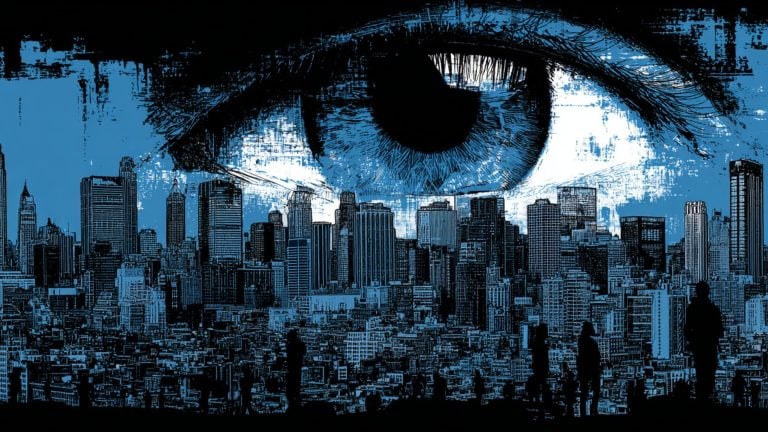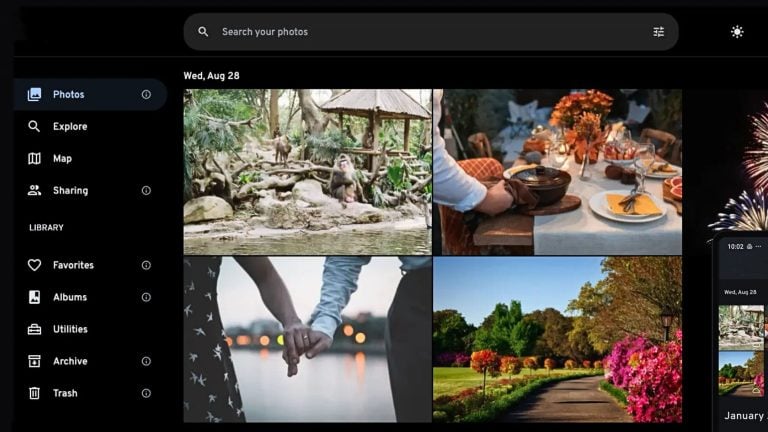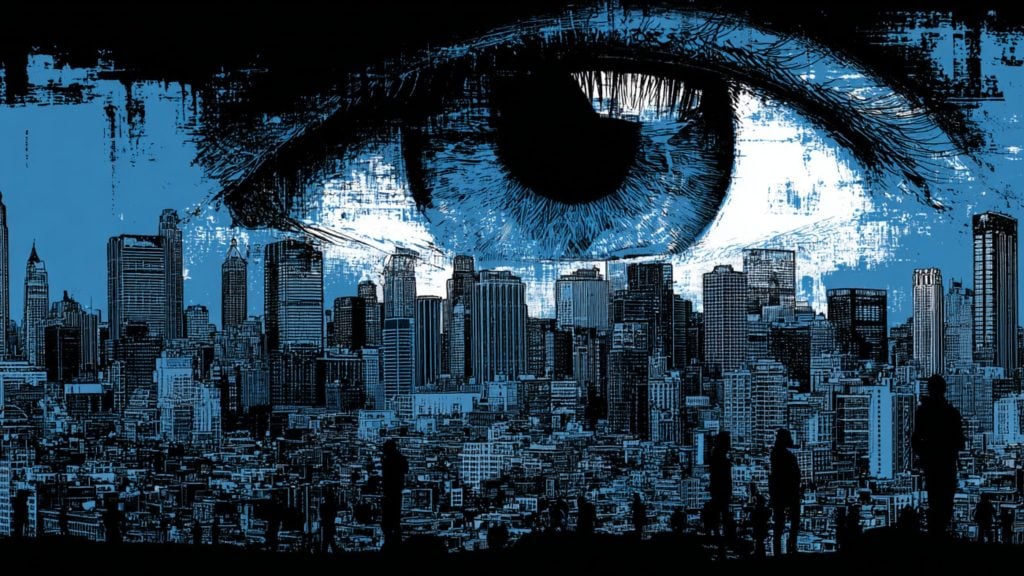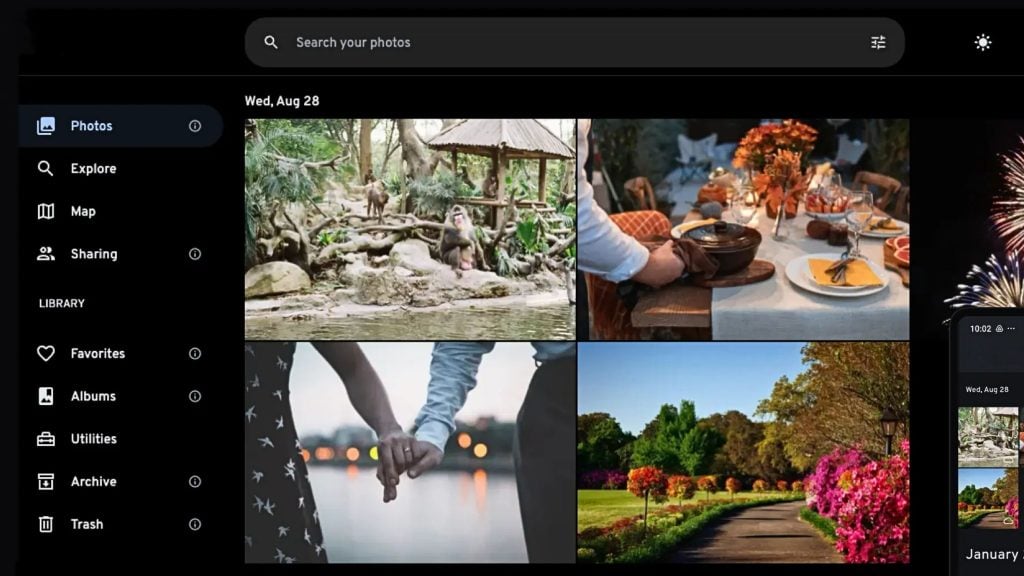California has approved a package of new laws that expand government oversight of digital platforms and impose requirements on technology companies, particularly those operating in the fields of social media and artificial intelligence.
Governor Gavin Newsom signed several bills into law, each framed as part of an effort to protect children online, though the measures raise significant concerns about surveillance, censorship, and compelled data collection.
One of the newly enacted laws, Assembly Bill 56, compels social media platforms to issue repetitive warning messages to users.
These black box-style alerts, similar to those found on cigarette packaging, must appear when users first open a platform, once they’ve used it for three hours in total, and again every hour after that.
The result will be a government-mandated content label on digital communication tools.
Another piece of legislation, Senate Bill 243, targets so-called “companion chatbots.”
Under this law, companies that develop or operate chatbots capable of human-like conversation will be required to monitor and surveil users in order to find signs of suicidal ideation or expressions of self-harm.
The law mandates that these companies report aggregate statistics each year to the Office of Suicide Prevention, including how often such ideation is detected and how often the chatbot itself raises related topics.
To comply, developers will likely need to surveil conversations between users and chatbots in real-time, resulting in a framework that could normalize the monitoring of private exchanges under the pretext of mental health intervention.
Also included in the package is AB 1043, which forces operating system providers to verify the age or birth date of users.
App developers, in turn, will be expected to request and act on these so-called “age signals” when their apps are downloaded or launched.
Though touted as a measure to restrict minors’ access to inappropriate material, this mechanism would introduce a new layer of persistent digital tracking and monitoring tied directly to operating system-level identity data.
Governor Newsom framed the legislation as a necessary step to rein in the dangers of new technologies.
“Emerging technology like chatbots and social media can inspire, educate, and connect – but without real guardrails, technology can also exploit, mislead, and endanger our kids. We’ve seen some truly horrific and tragic examples of young people harmed by unregulated tech, and we won’t stand by while companies continue without necessary limits and accountability. We can continue to lead in AI and technology, but we must do it responsibly — protecting our children every step of the way. Our children’s safety is not for sale.”
California officials have promoted these new rules as part of a broader strategy to regulate technology companies, especially those seen as failing to shield children from harmful digital content.
But the legislation moves far beyond standard child protection measures. Among the policies now on the books:
- Platforms operating AI-driven companion chatbots must build and disclose crisis protocols, issue reminders to minors to take breaks, restrict the display of sexual imagery, and avoid presenting bots as licensed mental health professionals.
- Age verification will become a standard requirement for operating systems and app stores, tying age-based restrictions to the very core of device functionality.
- Social media companies are now legally obligated to display government-mandated warnings about the effects of screen time, no matter the user’s age or intent.
- A significant expansion of civil liability around deepfake pornography permits victims to sue third parties who knowingly facilitate its distribution, with damages potentially reaching $250,000 per incident.
- The California Department of Education is tasked with creating a statewide “cyberbullying” policy by mid-2026, which school districts must adopt or modify locally.
- Developers of AI systems will no longer be able to claim exemption from legal responsibility by arguing that their software acted independently.
While these bills are being celebrated by state officials as a step forward in digital safety, the practical impact may be increased scrutiny of online interactions, reduced privacy in AI-driven tools, and a broader normalization of government influence over personal technology use.
Despite signing bills that would harm online privacy, Newsom did back off from the most pro-censorship bill California had pushed in recent times, deciding not to sign it.
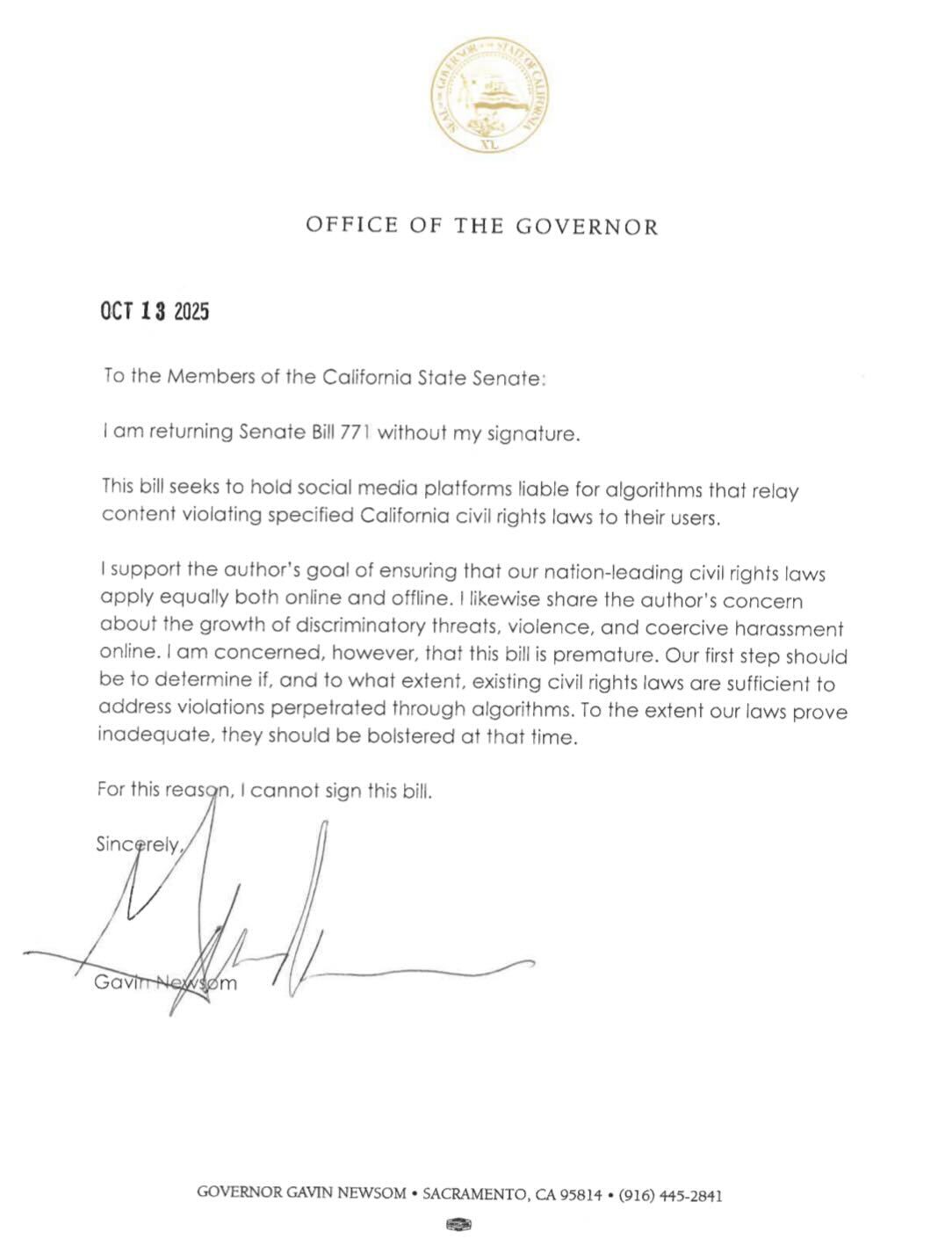
With a veto that will be welcomed by digital rights advocates and free expression defenders, Newsom vetoed Senate Bill 771, a proposal that sought to hold platforms legally responsible if their algorithms relayed content deemed to violate the state’s civil rights laws.
The bill, as written, raised serious concerns about its potential to chill online speech.
By tying civil liability to algorithmic distribution, it would have created strong incentives for platforms to over-police user content, likely leading to preemptive censorship and the suppression of lawful expression.



